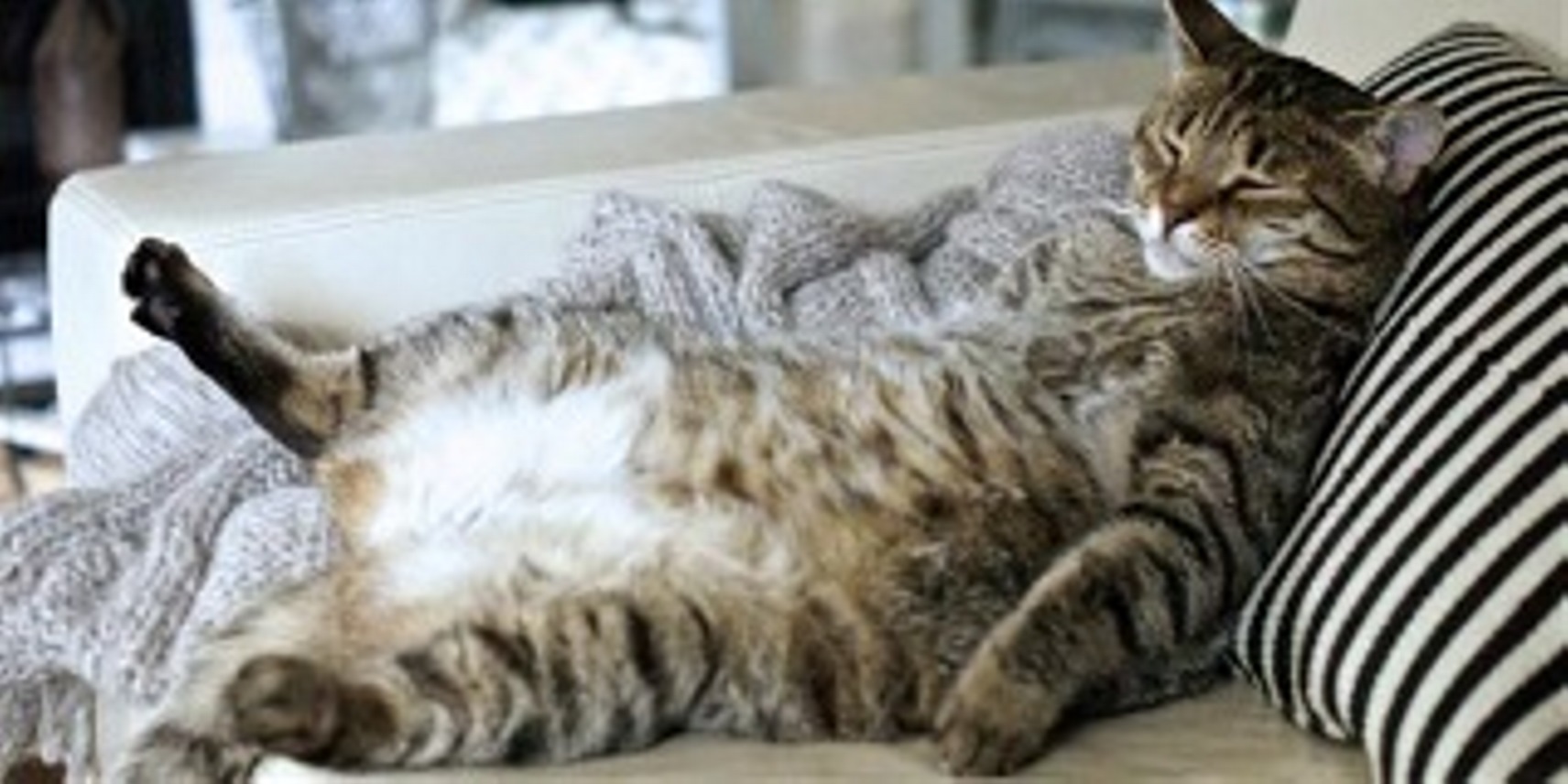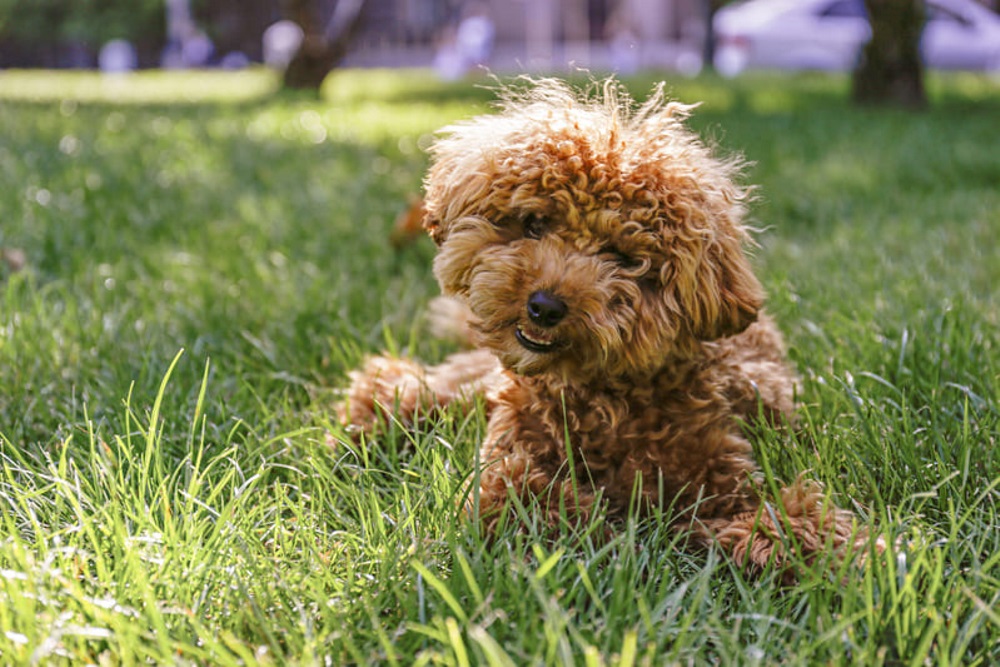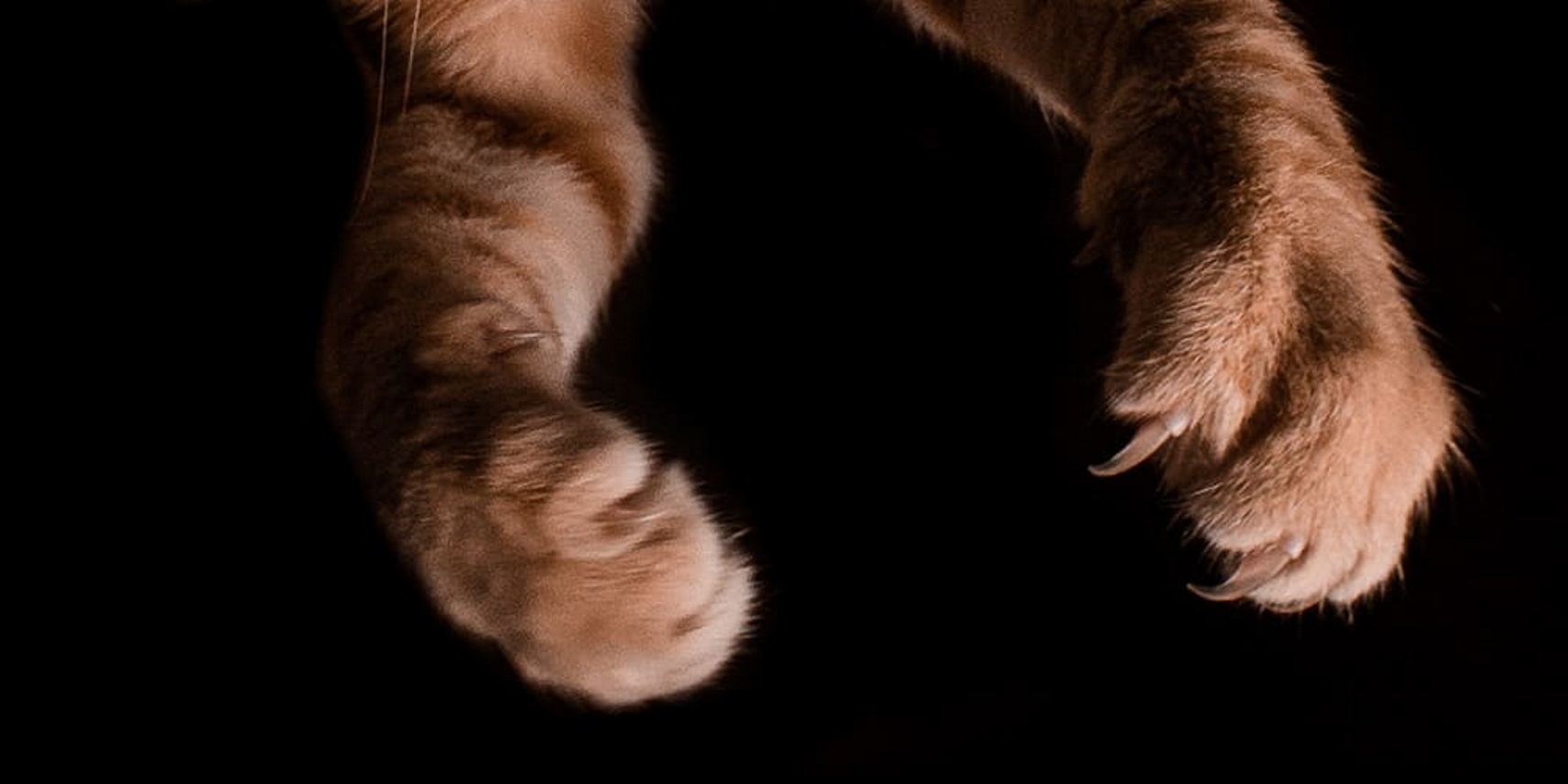The affect of pet obesity and related health conditions

Just as it is in humans, obesity is on the rise in our pets. Almost half of Australian dogs, and one-third of Australian cats are overweight or obese. Obesity is the excessive accumulation of fat in the body. Being obese affects multiple body systems and can put your pet at risk of suffering from a number of serious health issues.
Health concerns
Overweight or obese pets are far more likely to develop a number of diseases. These include heart disease, type 2 diabetes, osteoarthritis or joint injuries, high blood pressure, liver disease, skin conditions (hot spots) and exacerbation of breathing problems in brachycephalic breeds (such as Bulldog breeds and pugs). Collectively, these things mean that obese pets are not as likely to live as long as their leaner friends.
How do I know if my pet is overweight?
When you visit your vet, they will use a body condition scoring system such as this one for dogs, or this one for cats, to help decide if your pet's weight is a cause for concern. You can also use these charts at home.
Treatment approaches
Treatment starts with the knowledge needed to keep your pet at a healthy weight. Using the charts above, you can determine your pet’s body condition. Your vet can help identify if your pet needs some extra help, and help you work on a calorie-restricted diet combined with increased opportunities to exercise.
Diets for weight loss
Pets identified as overweight and obese should not start a weight loss diet without veterinary assistance as some diseases, such as hypothyroidism and hyperadrenocorticism (Cushing's disease), can cause weight gain. A thorough physical examination – combined with a detailed history about your pet – can help your vet eliminate these from contributing to your pet's weight problem. Your vet may also recommend blood tests to ensure that there are no obstacles to weight loss for your pet. They need to know that your pet is not ill before they send them to boot camp!
Appropriate exercise
The key to weight loss is expending more calories than you take in. The same is true for our pets. Calories can be burnt through day to day living (homeostasis) and through exercise. Note that any exercise routine should be eased into, with consideration given to your pet’s age and any existing injuries e.g. sore joints. And remember, some breeds were not built to jog. Vets recommend avoiding exercising your pet in the middle of the day or during high temperatures. Flat faced breeds (e.g. bulldogs, pugs) should always be monitored for breathing difficulties, even in cooler weather.
Dogs, especially deep chested breeds, should not do exercise immediately before or after eating as it can cause bloat, which can be fatal.
Keeping the weight off
Weight loss is tough; however, the rewards are worth it. Losing weight and getting in shape can add years to your dog's life. Keeping a weight loss diary can help keep you on track, as can regular visits to see your vet, both for weigh-ins and moral support. Your vets are uniquely placed to help provide tips and advice to help make a better life for you and your pet.
Consider whether pet insurance is right for you by checking out our dog and cat insurance pages, with more information on what protection you can get for your pet.


